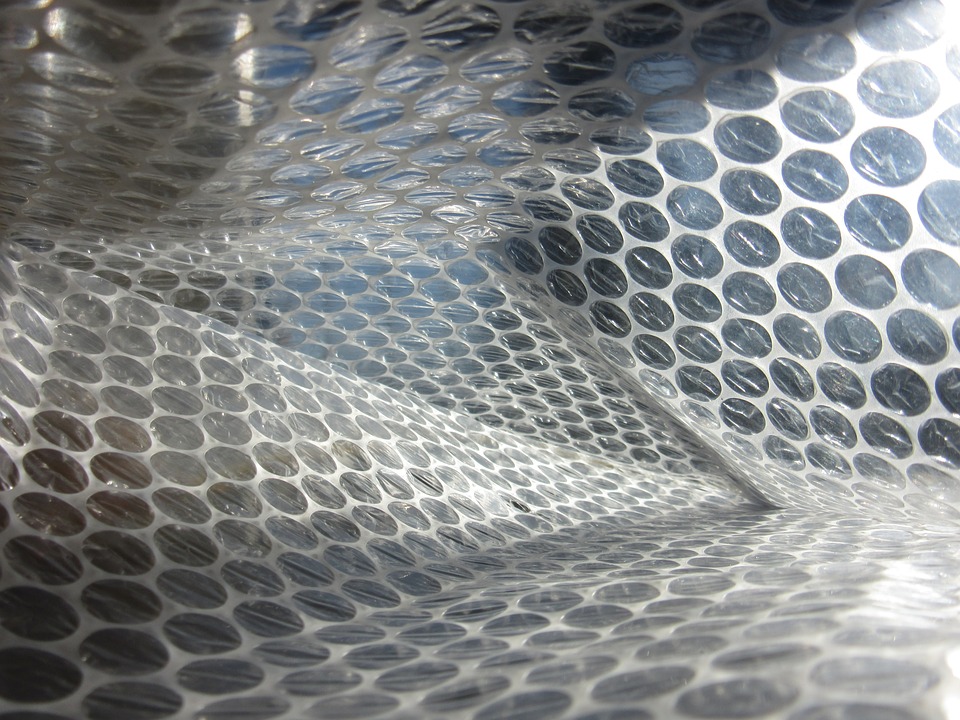Shipping artworks is a laborious task to do, which needs a lot of professional experience, patience, and high-quality art packing supplies. It is almost impossible to ship the artwork safely without proper packing, and this process requires special art packing supplies. Bubble wrap is considered one of the best and most reliable art packing supplies for long-distance shipping because it effectively protects pieces of art against dust and moisture. Moreover, the presence of bubbles filled with air provides the best protection against potential mechanical damages.
How Bubble Wrap is Made
If you consider using this material to protect your artworks while shipping, you need to learn how bubble wrap is made. This material is manufactured using different types of resins. These resins are used in the form of small pellets, and each type of resins has its own properties. For example, nylon resin makes wrap durable while polyethylene resin is used to form bubbles themselves because this material is very flexible when being heated to a certain temperature. These resins in pellets are mixed in different proportions to get various types of bubble wrap.
Further on, the mixture of pellets is sent to a special machine which is called an extruder. The extruder heats resin pellets up to a certain temperature to melt them down. The temperature may vary from 450°C up to 520°C depending on the type of pellets used. This temperature is necessary to melt the resin down and achieve the homogeneous structure needed for making a film. The film itself is made with the help of pair rollers. Moreover, the rollers are used to achieve the needed thickness of the film. Then, the produced film is cut into two sheets of a certain size.
The next step of the manufacturing process is the formation of bubbles. For this purpose, a special tool, which is called a formed drum is used. The formed drum consists of a cylinder with the holes that form bubbles under vacuum. The holes on formed drums can be different, which helps to produce bubbles of different size. After that, ready bubble wrap is cut with the help of a cutting machine so that it will be easy to roll the sheets of bubble wrap for further storage in warehouse, shipment to customers, and use. So, now you know how the most extensively used protective packaging product is made!
